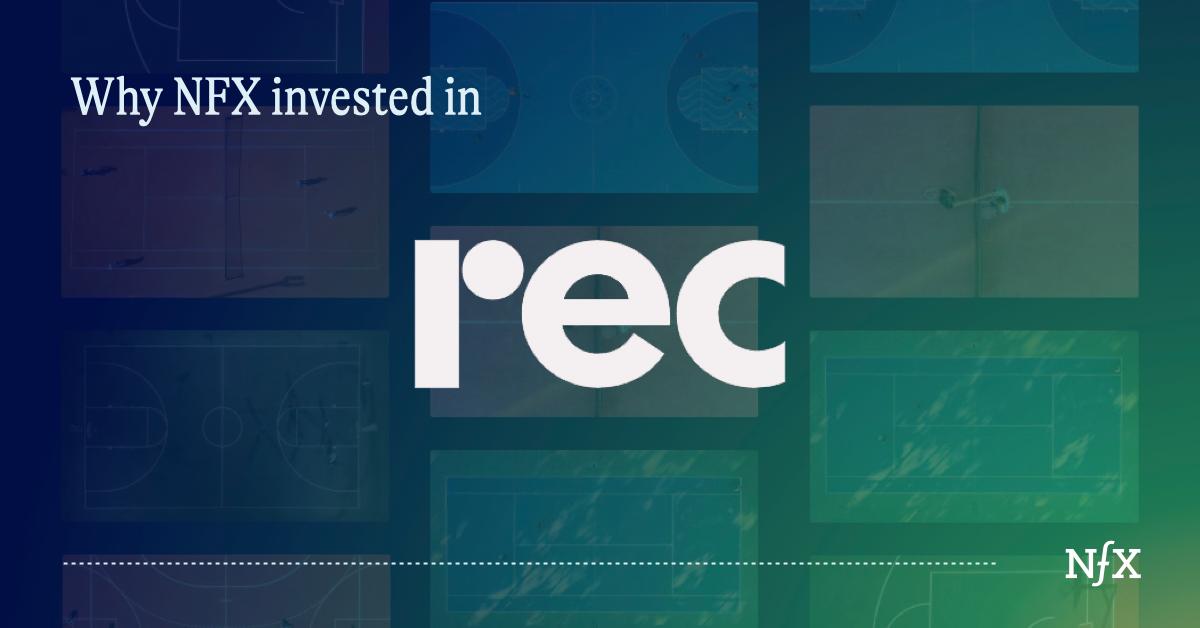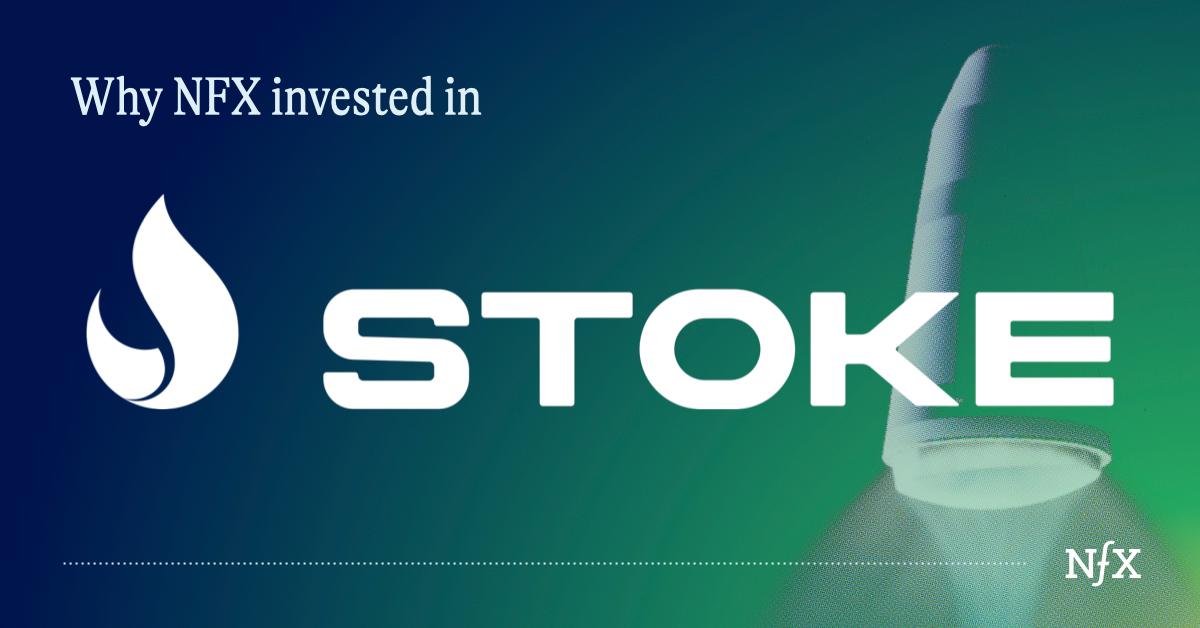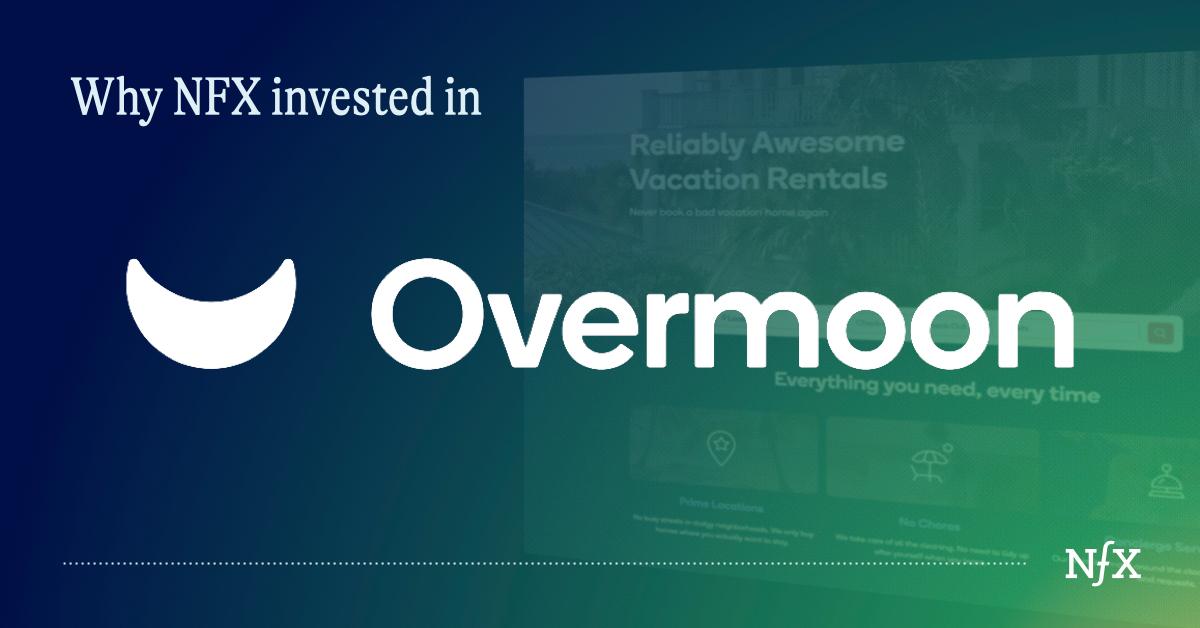

Rec just launched out of stealth and announced in TechCrunch their $6.2M in Seed funding led by NFX, along with Precursor Ventures, Long Journey Ventures, and Springbank Collective.
Rec connects people to recreational sports in their communities, replacing archaic systems in city Parks & Rec departments.
Here are three reasons why NFX invested:
1. Large market with outdated incumbents
Parks & Rec departments manage over 10 million courts, parks, and facilities, and 62 million Americans have a relationship with their local Parks & Rec department. But those relationships are run on printed materials and legacy software today. That makes it nearly impossible to manage and serve people in the way we’re now used to: through our phones.
These recreation departments are a good beachhead into the larger American recreational sports market, which grew 14% in the past two years. Pickleball, anyone? There are estimated to be over 40 million pickleball players in the U.S. already.
To date, Rec has on-boarded California cities as customers including Santa Cruz County, Torrance, Emeryville, Rocklin and Pittsburg (sic).
2. Network effects
There are three different network effects at work with Rec.
First, there is a direct nfx among the people using the rec facilities. It’s easier to schedule and book your time with friends and teammates who are on the same system. So the more people using Rec, the more valuable it is for each person using Rec.
Second, there is a two-sided marketplace nfx between the people demand side and the supply side of instructors and coaches for tennis, pickleball, needlepoint, softball etc. The recreators on the demand side can browse instructors, schedule and make payments. The instructors can get paid for their services.
Third, there is a direct network among towns. Most people have friends to recreate with in adjacent towns, and most instructors have students in adjacent towns, so towns get more usage and more happy citizens if they all use Rec.
These effects are all reinforced with a physical, viral effect of the network of signs for Rec on all the facilities in the real world. QR codes on the signs make it clear how these facilities are reserved and managed and where to get the calendar of events. Consumers and instructors can add themselves to Rec using their smart phone in 100’s of locations around a town. These facilities won’t put up a second sign with a different QR code. Rec becomes embedded in daily life off-screen.
Because of these network effects, the physical viral effect, and because the SaaS software is modern, early trials have shown that once a city deploys Rec, usage of city facilities increases 30-50%.
3. Team
Co-Founders Birju Kadakia and Rachel Williams both have years of experience building networked platforms for the real world from the early days at Uber. They then both went on to join companies at an even earlier stage, leading product and operations teams at The Athletic and Masterclass.
It’s rare in 2024 to find a consumer-facing software business with network effects. And this one will positively change how people interact with each other in real life and enjoy the towns they live in.
Start an email campaign to bring Rec to your town here.
As Founders ourselves, we respect your time. That’s why we built BriefLink, a new software tool that minimizes the upfront time of getting the VC meeting. Simply tell us about your company in 9 easy questions, and you’ll hear from us if it’s a fit.


